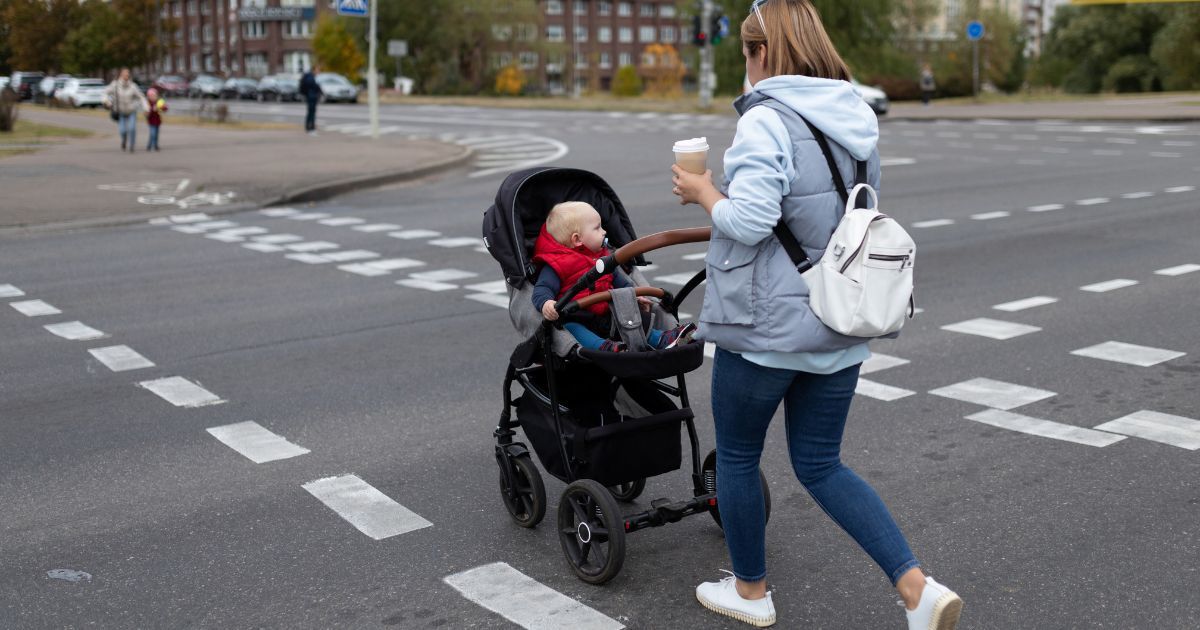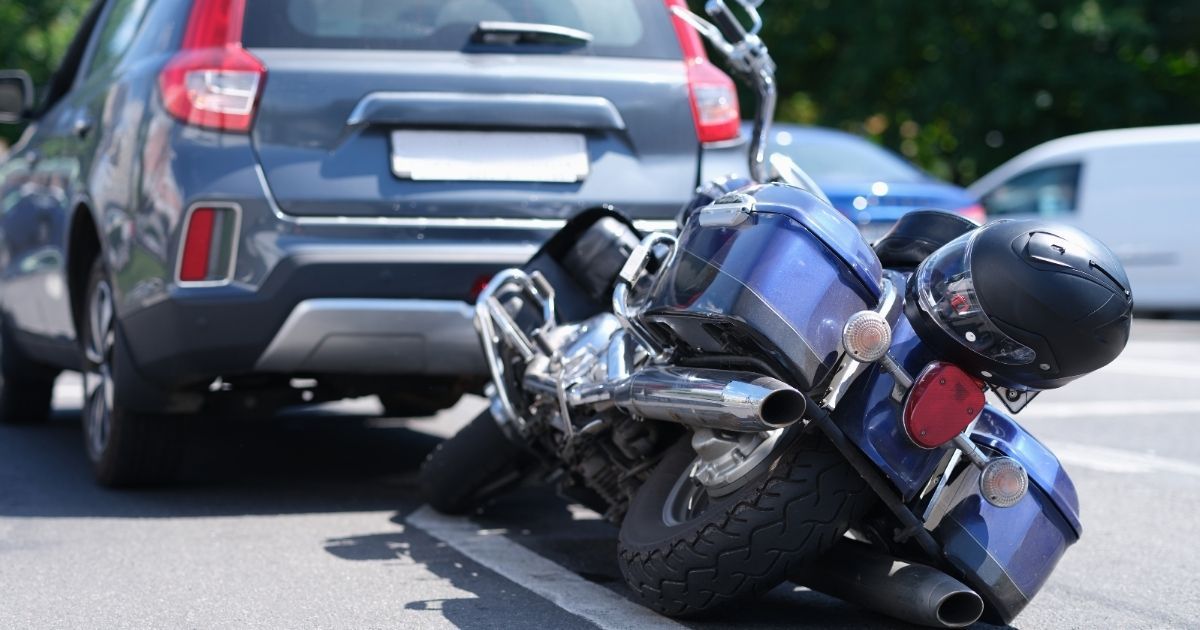Fall Driving Hazards in Massachusetts
Recent Posts
Frequently Asked Questions (FAQ)
What’s the Most Common Cause of Motorcycle Accidents in Massachusetts?
Failure to yield by car drivers, especially during left-hand turns, tops the list, causing nearly 40–50% of multi-vehicle crashes. This aligns with the 1,800–2,000 annual incidents, particularly in busy Norfolk and Bristol counties.
Are Motorcycle Accidents More Deadly in Massachusetts Than Elsewhere?
Yes, somewhat—80% of crashes here result in serious injury or death, higher than the national average (around 60–70%), due to dense traffic and rural road risks. The 450 deaths over 10 years reflect this elevated severity.
How Does Weather Affect Motorcycle Crashes in Massachusetts?
Rain and snow significantly increase crash risk by reducing traction, contributing to the 66% of fatalities on rural roads like those in Plymouth County. Wet weather likely factored into dozens of the 160–180 county deaths since 2015.
Can I Sue If a Pothole Caused My Accident?
Yes, if poor road maintenance caused the crash, you might sue the responsible municipality (e.g., in Plymouth or Bristol counties). You’d need to prove negligence and file within three years, though such cases are tough to win.
Does Not Wearing a Helmet Make Accidents More Common?
No, it doesn’t cause crashes, but Massachusetts’ mandatory helmet law (90% compliance) reduces fatality severity. Non-compliance, rare here, might worsen outcomes, as seen in some of the 24 young rider deaths in 2018.
Why Are Intersections So Dangerous for Motorcyclists?
Intersections combine high traffic, turning vehicles, and visibility issues—41% of serious injuries occur there. In Brockton (Plymouth County) or Quincy (Norfolk County), these factors likely drove many of the decade’s 60–120 fatalities.
- Research suggests fall driving in Massachusetts involves hazards like slippery leaves, reduced visibility, and increased wildlife activity.
- It seems likely that school-related traffic and early frost also pose significant risks during this season.
- The evidence leans toward the importance of vehicle maintenance and cautious driving to mitigate these hazards.
Fall in Massachusetts brings unique challenges due to changing weather, increased wildlife, and seasonal traffic changes. Understanding these hazards can help drivers stay safe on roads across New England towns.
Weather-Related Hazards
Falling leaves and early frost can make roads slippery, while fog and sun glare reduce visibility, especially during rush hours.
Wildlife and Traffic
Deer are more active in fall, increasing collision risks, and school traffic adds more pedestrians and buses, requiring extra caution.
Vehicle Preparation
Check tires, windshield, and headlights to ensure safety, particularly as temperatures drop and conditions change.
Fall Driving Hazards in Massachusetts
Introduction
Fall in Massachusetts, typically from September to November, marks a transition from warm summer temperatures to cooler winter conditions. According to Weather Spark - Fall Weather in Boston, Massachusetts, average daily high temperatures in Boston decrease from 75°F in September to 52°F in November, with lows dropping from 59°F to 38°F. The season is also characterized by increased rainfall, with September and October being among the wettest months, receiving around 3.5 to 4 inches of rain each. These conditions, combined with falling leaves and early frost, create specific driving hazards that require heightened awareness and preparation.
Understanding Fall Weather in Massachusetts
Fall weather in Massachusetts is defined by a mix of mild and cool conditions, with temperatures often dropping below 50°F by late November. The season, starting meteorologically on September 1 and astronomically around September 22-23, brings increased precipitation and potential for early frost, particularly in October and November. These patterns affect driving conditions across the state, including urban centers like Quincy and rural areas, necessitating heightened driver awareness.
Key Fall Driving Hazards
Fallen Leaves and Slippery Roads
Fallen leaves are one of the most visible signs of fall, but they can also be a significant driving hazard. When wet, leaves can make roads extremely slippery, similar to driving on ice, as noted by Plymouth Rock Assurance - Fall Weather Driving Tips. Leaves can obstruct road lines, hide potholes, and reduce traction, increasing the risk of accidents. This is particularly hazardous in wooded areas like Sherborn and Mendon, where leaf cover is dense.
Leaf-Related Crash Risks
| Hazard | Impact |
|---|---|
| Wet Leaves on Roads | Reduces Traction, Slippery |
| Leaves Hiding Potholes | Increases Risk of Damage |
| Obstructed Road Lines | Reduces Visibility |
Tips for Managing Leaf-Covered Roads
- Slow down when driving on leaf-covered roads, especially in rural areas like Upton.
- Increase your following distance to account for longer stopping times, crucial in towns like Walpole with heavy leaf fall.
- Avoid sudden braking or sharp turns, as these can cause skidding, a precaution necessary in all listed towns.
Reduced Visibility Due to Fog and Sun Glare
Fall mornings and evenings often bring fog, which can significantly reduce visibility, particularly in low-lying areas like Northbridge. Additionally, the lower angle of the sun during this season can cause intense glare, especially during rush hours.
Causes and Effects of Reduced Visibility
- Fog can limit visibility, especially when combined with water spray from vehicles on highways like I-93, affecting areas like Westborough.
- Sun glare can blind drivers, particularly on east-west roads, a concern in towns like Sherborn with rural routes.
Legal and Safety Tips
- Use low beams or fog lights in foggy conditions; high beams can reflect back and worsen visibility, a recommendation supported by Can MA Drivers Use Their Hazard Lights During Inclement Weather?
- Wear sunglasses and use your sun visor to mitigate sun glare, especially important in industrial areas like Attleboro.
- Slow down and increase your following distance when visibility is poor, a strategy useful in rural areas like Southborough.
Wildlife Activity, Especially Deer
Fall is the mating season for deer, making them more active and likely to cross roads, particularly at dawn and dusk. According to Plymouth Rock Assurance - Fall Weather Driving Tips, deer are most active from late October to November, and they often travel in groups, so seeing one deer may indicate others are nearby. This is particularly relevant in rural areas like Mendon and Norton, where wooded areas are common.
Risks of Wildlife Crossings
- Deer are more active in fall, especially during mating season, increasing collision risks in areas like Ashland.
- Collisions with deer can cause significant damage to vehicles and pose a serious risk to drivers, a concern in towns with wooded areas like Sherborn.
- Deer often travel in groups, so seeing one deer may indicate others are nearby, a pattern observed across Massachusetts, including in Hopkinton.
Tips for Avoiding Wildlife Collisions
- Be particularly cautious in rural areas and near woodlands.
- Use high beams when there is no oncoming traffic to better spot animals' eyes, a strategy useful in low-light conditions.
- If you see one deer, slow down, as they often travel in groups.
- If a collision with an animal is inevitable, do not swerve; instead, brake firmly while staying in your lane, a safety measure recommended for all drivers in Massachusetts.
School-Related Traffic
With the start of the school year in the fall, there is an increase in pedestrian traffic, especially around schools and in residential areas. School buses also become a common sight, and drivers must be aware of the laws regarding stopping for school buses, as noted in
General Law - Part I, Title XIV, Chapter 89, Section 9.
Challenges for School-Related Traffic
- Children may dart into streets unexpectedly, a concern in urban areas like Randolph with high pedestrian traffic.
- School buses make frequent stops, requiring drivers to stop in both directions unless on a divided highway, a legal requirement across all listed towns.
- School zones have reduced speed limits, often 20 mph, and must be strictly adhered to.
Tips for Navigating School-Related Traffic
- Always yield to pedestrians, especially in crosswalks, crucial in areas like Milton with many schools.
- Stop for school buses when their red lights are flashing and the stop arm is extended, regardless of the direction you are traveling, unless you are on a divided highway, a legal requirement in Massachusetts.
- Be aware of school zones and reduced speed limits, a safety measure vital in congested areas.
Early Frost and Black Ice
As temperatures drop in late fall, the risk of frost and black ice increases, particularly on bridges, overpasses, and shaded areas. Black ice is particularly dangerous because it is difficult to see and can form quickly after a light freeze. Frost can make roads slippery, especially in the early mornings.
- Black ice forms when moisture freezes overnight, particularly on bridges and overpasses, increasing risks in towns like Westborough.
Tips for Dealing with Frost and Black Ice
- Check weather forecasts for frost advisories, especially important in areas like Norton with cooler mornings.
- Slow down and increase your following distance when temperatures are near freezing, a precaution necessary in all MA towns.
- Be extra cautious on bridges and overpasses, as they freeze before other road surfaces.
Vehicle Preparation for Fall
Proper vehicle maintenance is crucial for safe driving in any season, but fall presents specific challenges that require attention.
Tire Maintenance
Check your tires for adequate tread depth, proper inflation, and signs of wear. Consider switching to winter tires if you live in an area that experiences early snow or ice.
Tips for Tire Maintenance
- Ensure tread depth is at least 2/32 inch, crucial for towns like Norton with potential early frost.
- Check tire pressure monthly, including the spare, a precaution necessary in high-traffic areas.
- Consider winter tires and install them during early fall.
Windshield and Wiper Check
Ensure your windshield is clean and free of cracks, and that your wiper blades are in good condition. Replace them if they streak or fail to clear the windshield effectively, as noted in Essential Safe Driving Tips for Fall: Stay Road-Ready.
Tips for Windshield and Wiper Maintenance
- Clean your windshield regularly to reduce glare and improve visibility, especially important in industrial areas like Attleboro.
- Replace wiper blades if they show signs of wear, a safety measure applicable across all listed towns.
Headlight Alignment and Functionality
Make sure your headlights are properly aligned and functioning correctly. Misaligned headlights can blind other drivers, while dim or faulty lights can reduce your visibility.
Tips for Headlight Maintenance
- Ensure headlights are aligned and bright, crucial for safe driving in foggy conditions, especially in rural areas like Southborough.
- Replace bulbs if they are dim, a precaution necessary in all Massachusetts towns.
Fall Driving Accident Statistics in Massachusetts
While specific statistics for fall driving accidents in Massachusetts are not readily available, general motor vehicle accident data highlights the importance of caution during this season. According to Auto company says most Mass. car crashes happen in the fall - Boston 25 News, fall is the most dangerous time of year for accidents in Massachusetts, with increased risks due to slippery roads, reduced visibility, and wildlife activity. Additionally, the Massachusetts Department of Transportation (MassDOT) - Crash Data reports that there were nearly 100,000 motor vehicle crashes across the state in 2024, with almost 300 fatalities and 2,000 severe injury cases. These numbers underscore the need for heightened vigilance, especially during the fall when unique seasonal hazards are present.
Table 2: General Motor Vehicle Accident Statistics (2024)
| Statistic | Value |
|---|---|
| Total Crashes Reported | Nearly 100,000 |
| Fatalities | Almost 300 |
| Severe Injury Cases | 2,000 |
General Safe Driving Tips for Fall
In addition to being aware of specific hazards, general safe driving practices are essential year-round but take on added importance in the fall.
- Avoid Distractions: Put away your phone and focus on the road. Massachusetts law prohibits texting while driving, and hands-free use is recommended, as per Road Safety Tips for Massachusetts Drivers | Mass.Gov Blog.
- Obey Traffic Laws: Always follow speed limits, stop signs, and traffic signals. Be particularly cautious in school zones and residential areas, a legal requirement across Massachusetts, including in towns like Whitman.
- Plan Your Route: Use navigation apps to avoid construction zones and plan for extra travel time during peak traffic hours, a strategy useful in high-traffic areas like Weymouth.
- Stay Sober: Never drive under the influence of alcohol or drugs. Massachusetts has strict DUI laws, and the consequences are severe.
Fall driving hazards in Massachusetts, including slippery leaves, reduced visibility, wildlife activity, school-related traffic, and early frost, pose significant risks to drivers across the state, including the listed towns. While town-specific statistics for fall were not readily available, general data and safety recommendations provide a comprehensive guide for safe driving. By following the outlined tips and staying vigilant, drivers can navigate these hazards effectively, ensuring safety on roads.










